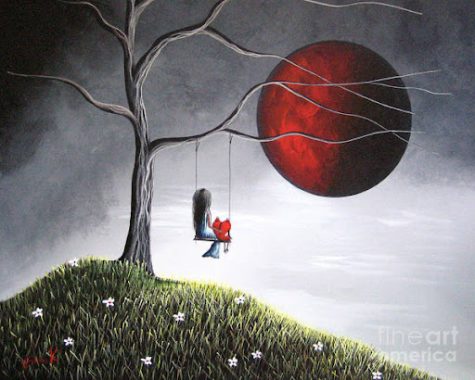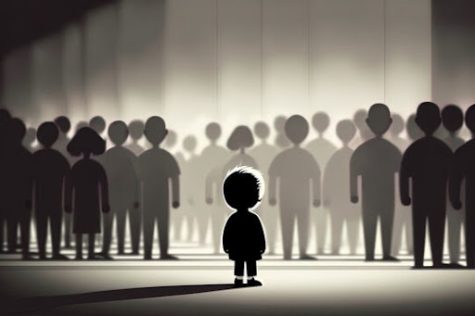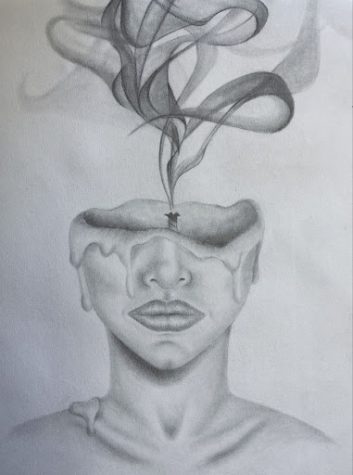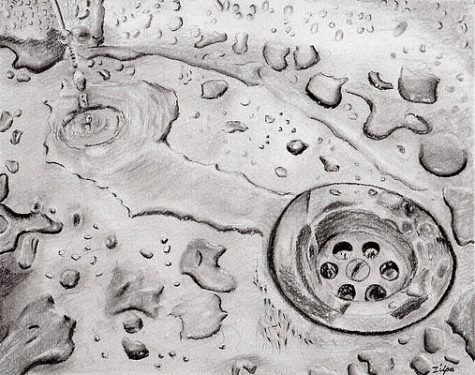World Building Prompt
September 10, 2021
World building is the process of creating fictional universes to tell stories in, or otherwise express oneself creatively. Worlds are usually built for fantasy or science fiction stories, but it can fit many genres. The term ‘world’ here encompasses the setting itself (whether it is as small as a valley, or as large as a galaxy), as well as the ecosystem, being flora and fauna. The most important part of a world though, is its inhabitants. This guide will help newbie and pro storytellers alike flush out their worlds, though it is aimed more towards nonhuman inhabitants. Below are some questions that can be answered as much or as little as wanted to build a rough draft of a world:
The Place
Is this physical place that events happen in and characters inhabit or a state of consciousness
- How big is the place (Village, valley, country, planet, galaxy)?
When deciding the size of a physical world, it would save energy to only develop the places that characters will see or interact with.
- What is the most prominent biome? Frozen? Tropical? Desert?
- How does the climate affect the lifestyle and culture of the inhabitants?
- What resources are available to the inhabitants?
- Are any of these resources in short supply? How does this affect the inhabitants?
- Are any resources overabundant?
- Are any resources coveted more than others? Why?
The availability of resources affects their uses. If iron is abundant, it will be common and used in many things, like tools and decorations. If iron is rare, it might be made into something more valuable. Depending on its rarity, it might even become the people’s currency.
- What natural features have affected the location of settlements?
- Where and how is most water or other vital substances gathered?
- Is this place secluded from others, or is it a popular destination among tourists and/or immigrants?
The Ecosystem
This encompasses the non-sentient life of your world and what sustains it; the flora and fauna.
- What are some examples of passive, land-dwelling animals? How do the people of your world interact with some or all of these animals? Are they ridden? Farmed? Eaten?
- Are any animals considered sacred and/or treated differently than others? How and why?
- What animal(s) are a threat to the world’s inhabitants? How do the inhabitants defend themselves from the animal?
- What plants are eaten by the inhabitants?
- How are plants used in other ways?
- What are farms like? How do they work? What do they grow?
- How have plants and animals influenced behavior and designs among the people?
Plants and animals most likely have been around for as long, if not longer, than the people. The shapes and mannerisms of nature must have (at least subtly) influenced some aspect of design. In a world of mine, for instance, The Seronai wear masks based off of the face of a local deer-like animal.
For more information on the Seronai click here
The People
The most important and most complicated aspect of your world are the people that live there.
Physical
- What are they called? Collectively? Individually?
- What do they look like?
- What purposes do any nonhuman features serve?
- Do they have any superhuman abilities and/or subhuman weaknesses?
- How does this affect their appearance?
Oftentimes, special abilities have limitations. Limitations can be physical, for example, one cannot use telekinesis on an empty stomach. There can also be social limitations, for example, it is against the law to use telekinesis on another person.
- Are they categorized differently from humans? List the different races, genders, or other physical subcategories of your people.
- How have they adapted to any unusual living conditions?
- Have these adaptations changed their appearance from their ancestors?
- What substances (e.g. water, calories, oxygen) are needed to support life? Are they the same as ours?
Culture
- What is their clothing like? What purpose do the pieces of clothing have?
- How do your people greet each other? What is the proper response to a greeting?
- What are some examples of different names?
Names can tell a lot about a culture’s history and values. If you have trouble coming up with names, try naming people after places, animals, plants, times, or even objects with special significance.
- Is there any sort of social hierarchy present in society? What separates one end of the spectrum from the other?
- What jobs do the different classes serve? Who are the farmers? Craftworkers? Artisans? Politicians? Merchants?
- How has the history of this people affected their values and beliefs?
- Have there been any wars recently? In all history? What were the wars over? Who won and what did this affect?
- How is society governed? Monarchy? Republic? Something else?
- How respected and/or feared is this government?
- Is their leader benevolent or tightfisted?
- Does the face of the government (e.g. king, president) really rule, or is someone or a group of people behind the scenes pulling the strings?
- What is education like? What subjects are focused on and why?
The purpose of education is to prepare youths for the role they will play in society. The subjects focused on can tell us about the priorities of the people, and what they believe to be essential to the growth of their civilization.
- What is religion like? Is there one standard religion or many? Which is the most popular and why?
- Who leads the religion? What is the religious hierarchy?
- Is disestablishmentarianism or antidisestablishmentarianism practiced (That’s a super complicated way to ask if church and state separated.)?
- Are the teachings of the religion true? If the teachings are false, are the religious leaders aware of this? If they are aware, what is their motive to teach the falsehoods?
Religion is important. As with humans, it will affect not only the beliefs of society, but how the people (consciously or subconsciously) view and react to certain things and situations.
- What is their architecture like? What in their world inspired popular shapes or patterns in common designs?
- What kind of art or creative expression do some take part in?
- What is an example of a piece of classic literature?
- What does their music sound like?
- What is their primary form of communication?
- What do they write with/on (if they have a written language)?
- How are stories and histories passed down through the generations?
- How technologically advanced are the people?
- What are some forms of transportation over different distances?
- How are goods and services bought?
Currency can be uniform throughout the world (having one agreed upon form), or there can be different kinds, similar to how humans have U.S. dollars, pesos, yen, and much more.
Remember, there are no limits. World builders can do whatever they want with their world. Draw it, write stories in it, play games in it. Even doing absolutely nothing and forgetting about it the next day is an option. Keep in mind that there is one world building rule that everybody MUST follow:
Have fun!











